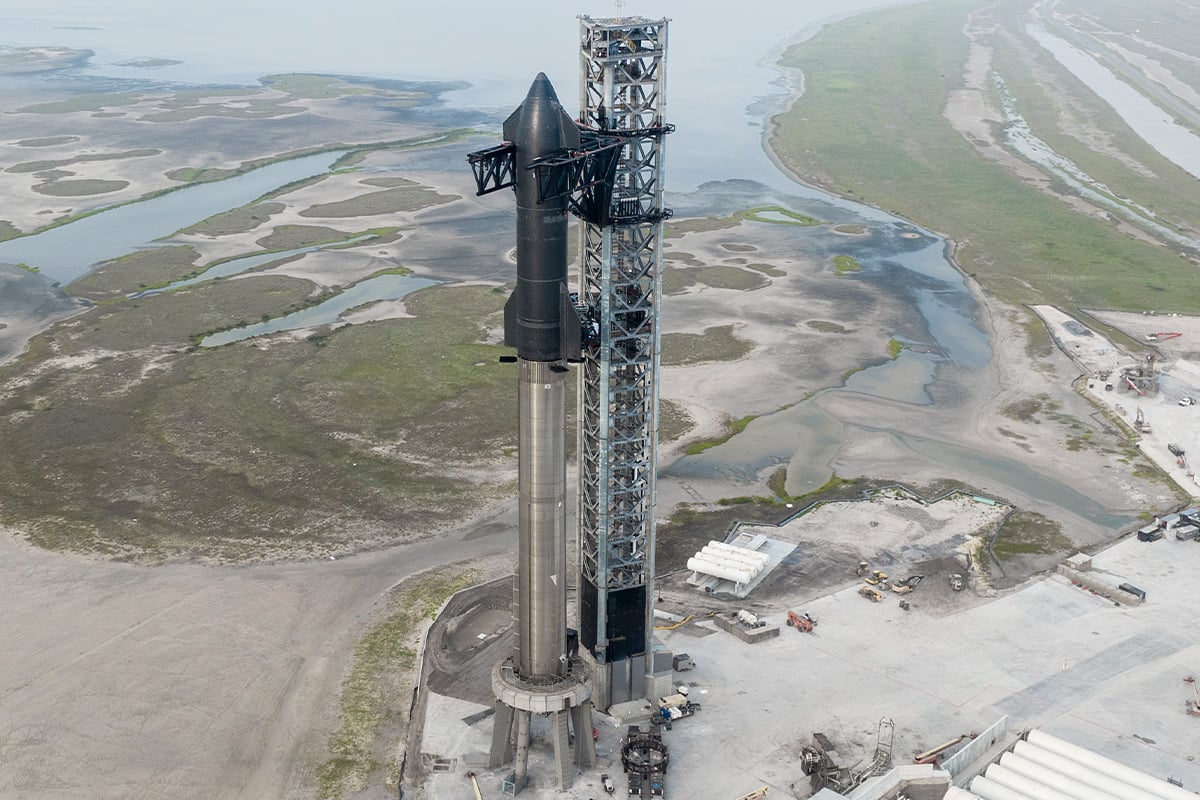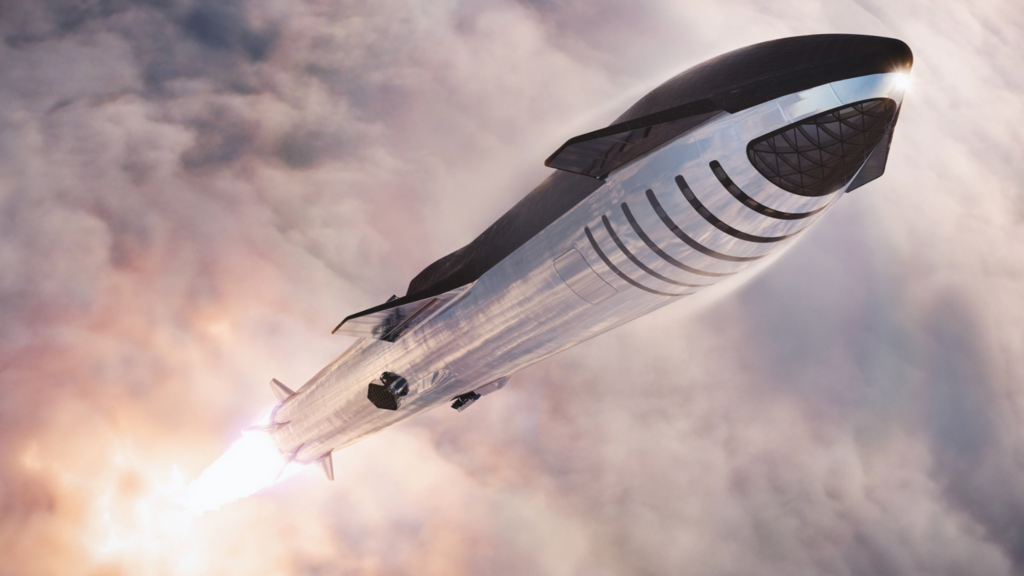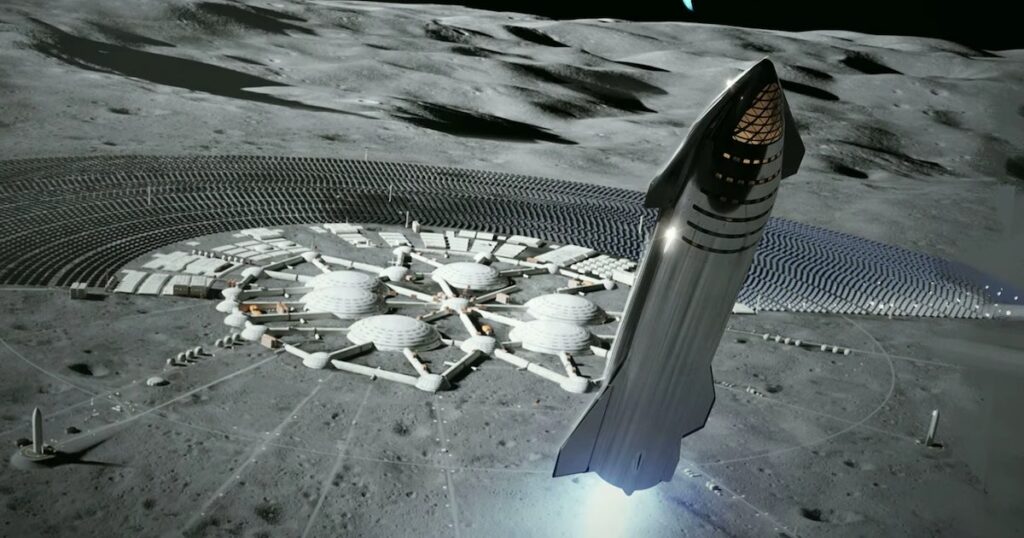SpaceX Starship and Its Impact on Aerospace Development

SpaceX, founded in 2002 by entrepreneur Elon Musk, has been at the forefront of the commercial space industry for over a decade. The company has achieved numerous milestones, from being the first privately-funded company to send a spacecraft to the International Space Station (ISS) to successfully landing a rocket booster back on Earth. However, their latest venture, the Starship, is perhaps their most ambitious project yet, with the potential to revolutionize space travel and construction. As we are just a couple of days away from the first orbital test of the Starship, let’s take a closer look at the spacecraft and its impact on the aerospace industry.
What is the Starship?
The Starship is a next-generation spacecraft designed for deep space exploration, including missions to the Moon, Mars, and beyond. The spacecraft is 50 meters tall and has a diameter of 9 meters. It can carry up to 100 people and over 100 tons of cargo, making it one of the largest spacecraft ever built.
The Starship is designed to be fully reusable, with the ability to land and take off vertically. It is powered by six Raptor engines, SpaceX’s newest rocket engine, which uses methane and liquid oxygen as fuel. This is a departure from traditional rocket engines, which use kerosene and liquid oxygen.
The Starship is also designed to be modular, allowing it to be configured for various missions. It can be equipped with a variety of payloads, including scientific instruments, habitats, and rovers. The spacecraft can also be refueled in orbit, allowing it to travel deeper into space than any other spacecraft.

New Launch Platform for the Starship
To launch the Starship, SpaceX is developing a new launch platform called the Super Heavy. This rocket will be the most powerful rocket ever built, capable of lifting over 100 tons to low Earth orbit. It will be powered by 31 Raptor engines, making it the largest rocket ever built.
The Super Heavy will also be fully reusable, with the ability to land back on Earth. To accomplish this, the rocket will use grid fins and thrusters to control its descent. The Super Heavy will be able to carry the Starship to orbit and beyond, opening up new possibilities for deep space exploration and commercial space activities.
Impact on Aerospace Development
The Starship and Super Heavy have the potential to revolutionize space travel and construction. With the ability to carry large payloads and land and take off vertically, the Starship could be used for a variety of missions, including:
Deep space exploration: The Starship could be used to explore the Moon, Mars, and beyond. It could also be used to study asteroids and other objects in our solar system.
Space tourism: The Starship could be used to take tourists on trips around the Moon and beyond.
Commercial space activities: The Starship could be used to launch satellites and other payloads into orbit, as well as to service the ISS and other space stations.

In addition to these missions, the Starship and Super Heavy could also be used for space construction. The ability to carry large payloads and land and take off vertically makes the Starship an ideal platform for building structures in space. This could include space habitats, manufacturing facilities, and even cities.
The Starship and Super Heavy could also make space travel more affordable and accessible. By developing fully reusable spacecraft and rockets, SpaceX could significantly reduce the cost of space travel, making it accessible to more people and organizations.
